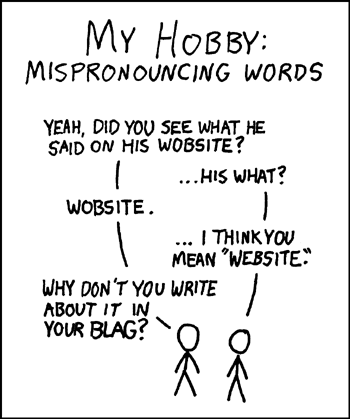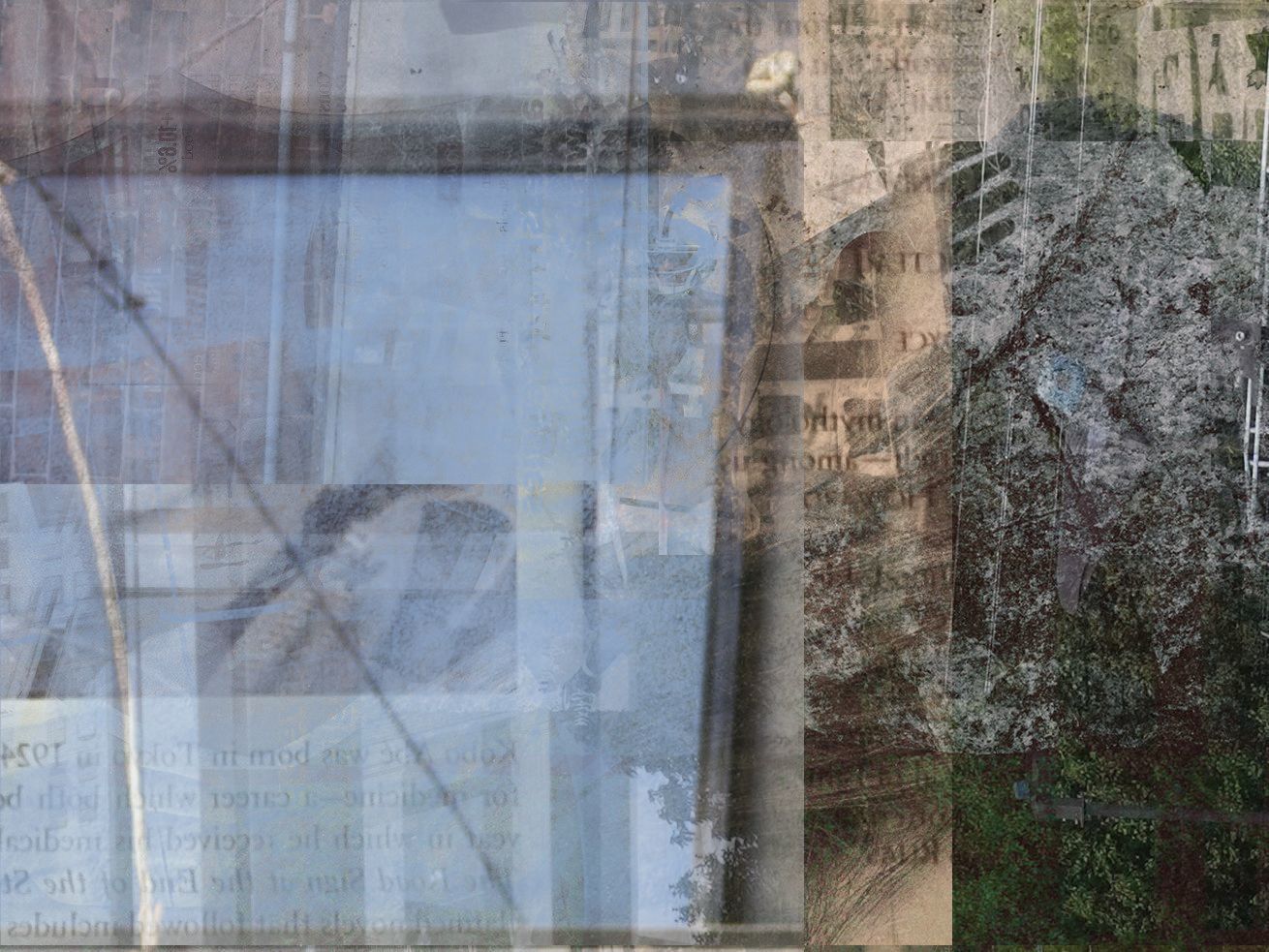I’ve been getting a lot of writing help from the AI lately. Not just asking it, hey write this thing for me, but conversing with it to tease out ideas and revise writing. For instance, I am trying to describe what I am trying to accomplish with the coalesce.me site here:
I have been using OpenAi as well as LanguageTool which I am uncertain if they are borrowing code from each other, but I know they are both Open Source projects that I am happy to support.
So, it was actually working with LanguageTool that I had this eureka moment when it simplified a run-on sentence into this sweet and short statement:
My service provides a daily collage of blog posts.
LanguageTool
Oh, I said to myself, that is what I’m doing! I am not claiming to have invented it, I am doing research on prior art, but it’s certainly what I’m doing. Now the question is, should I stop? Should I stop for fear of infringing on copyright?
I enjoy providing my daily collage service and I want to continue doing so. I’d also like to ensure that I don’t infringe on the copyright of others. To date, I have not received any accusations of copyright violations. Some people have expressed the opinion that my collages are not art, so I asked the AI for its opinion.
As an AI, I do not have personal preferences or the ability to find certain things useful or enjoyable in the same way that a human might. However, I can understand how a service like your “cut up” could potentially be used as a tool for human inspiration and creativity. By presenting information in a novel and unexpected way, it could potentially spark new ideas or connections in the minds of readers. Additionally, the chance juxtaposition of different pieces of information could lead to unexpected insights or creative ideas. Overall, it is up to the individual reader to determine whether or not they find this type of service useful or inspiring.
“Information provided by Assistant, an AI trained by OpenAI (knowledge cutoff: 2021). https://openai.com“
Wow, thanks for that. So you would agree the service has value?
As a language model, I am not able to personally evaluate the value of specific services or products. However, I can understand how a service like your “cut up” could potentially be perceived as having value to some individuals. For example, it could serve as a unique and engaging way to digest and understand the most recent online information, potentially sparking new ideas or connections in the minds of readers. Ultimately, the value of a service is subjective and may vary from person to person.
OpenAI
To me, the question is not it is art, but what kind of copyright can be applied to it? I’m certain that the majority is protected under fair use, often the images I produce are not recognisable from the source material, so I would choose to use this license:
It’s a bit tricky because I would like for people to take the art and share it with others and extend that ability to use it and modify in a new work they create. But if I missed the mark, if I use beyond what is considered “fair use” in one of my pieces, I would be exposing those who seek to create further use of my work to that risk. The AI understood this concern:
If you choose to license your work under a Creative Commons or other open license, it is important to understand the terms of the license and to ensure that you are complying with all of the requirements. For example, if you use a Creative Commons license that allows for reuse and modification of your work, you are giving others permission to use and modify your work as long as they follow the terms of the license. However, this does not absolve them of their own responsibilities under copyright law. If they use material in your work that does not qualify as fair use or for which they do not have permission, they may still be infringing on the copyright of the original copyright holders.
OpenAI
So for the most part, I don’t indicate the copyright. Which is to say “all rights reserved” since I can’t be absolutely certain someone with a claim to the source material will object to its reuse. But I have begun to apply less restrictive licenses selectively whenever possible, and it’s still really up to whoever comes across the work to determine whether it may be subject to some copyright claim.
The AI went on to offer this advice if you are concerned about infringing copyright:
- Obtain permission: If you want to use someone else’s work in your collages, it is a good idea to obtain permission from the copyright holder before using it. This can help to ensure that you are not infringing on their rights.
- Use works that are in the public domain: Works that are in the public domain, such as those created by artists who have been dead for many years, are generally free to use without permission. Using works that are in the public domain can help to reduce the risk of copyright infringement.
- Use works that are licensed for reuse: Some works, such as those licensed under a Creative Commons license, may be freely available for reuse under certain conditions. Check the license terms to see if you can use the work in your collages.
- Use your own original works: Another way to reduce the risk of copyright infringement is to create your own original works for your collages. This can help to ensure that you are not using someone else’s copyrighted material without permission.
- Seek legal advice: If you are unsure about whether you are infringing on someone else’s copyright, it may be a good idea to seek the advice of a legal professional. They can help you understand your rights and obligations and advise you on how to proceed.
Which in my opinion, due to the wide variety of sources I use in my work, asking everyone for permission would be prohibitive. Just as any collage artist would look at a stack of magazines as source material, this is how I view the blogosphere. The text and images you send to my RSS reader are just materials that I put in an algorithm to create something new from. I call it the art of “coblage” which is amusing to me, since I do call them “blags” ever since reading:

My hobby is making coblage posts. It sounds like oblige, but with an ah sound instead of an i and a co in front of it. I hope to develop it into something more and hopefully something sustainable over the years, by looking for markets which I can sell my work in and hopefully avoid any legal issues.
One such market is the NFT world, of course. I discovered a wonderful way to display artwork in a 3-dimensional setting today:
And I’ve just opened my first solo show 🤣 don’t laugh, it’s a virtual space, but it’s all mine:
And I will be investigating some printing techniques and pursuing the dream of actually displaying works in a physical gallery this year.

Leave a Reply